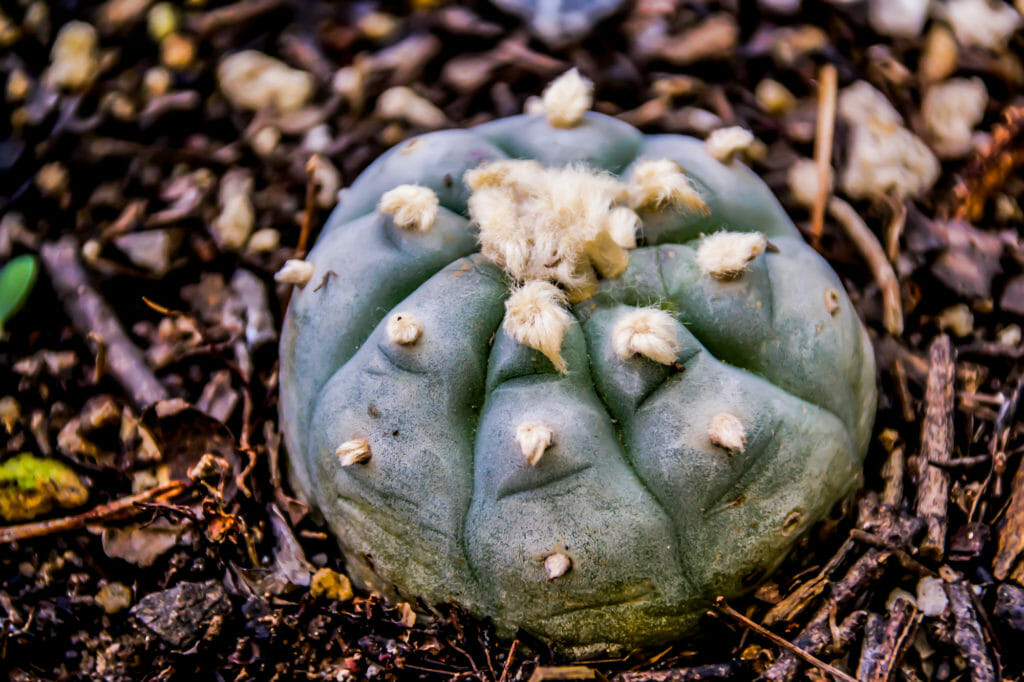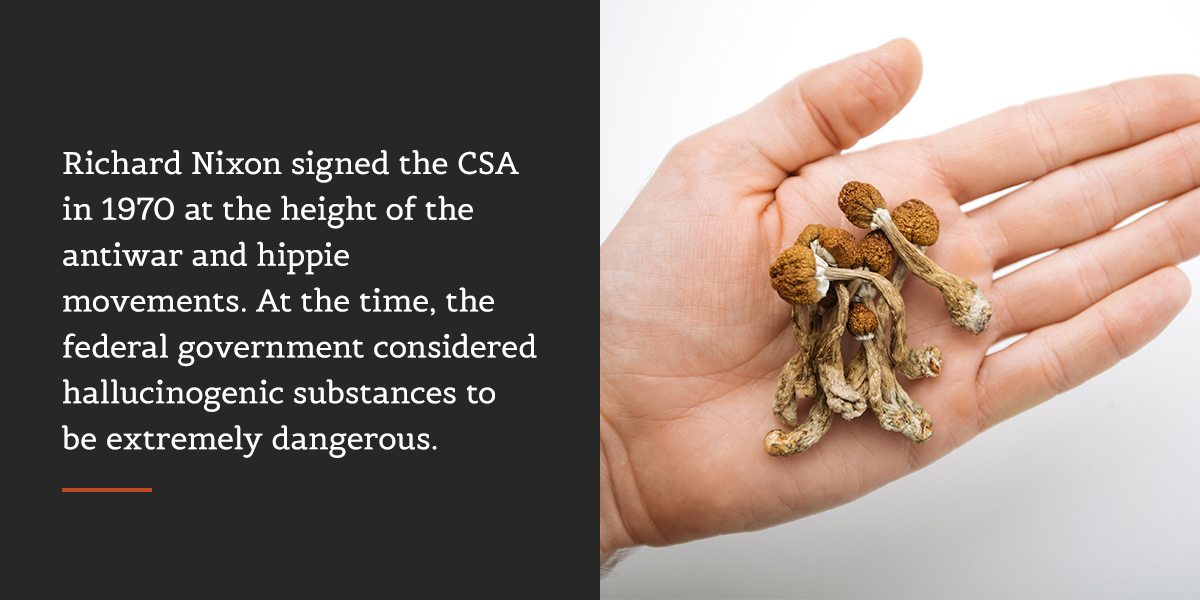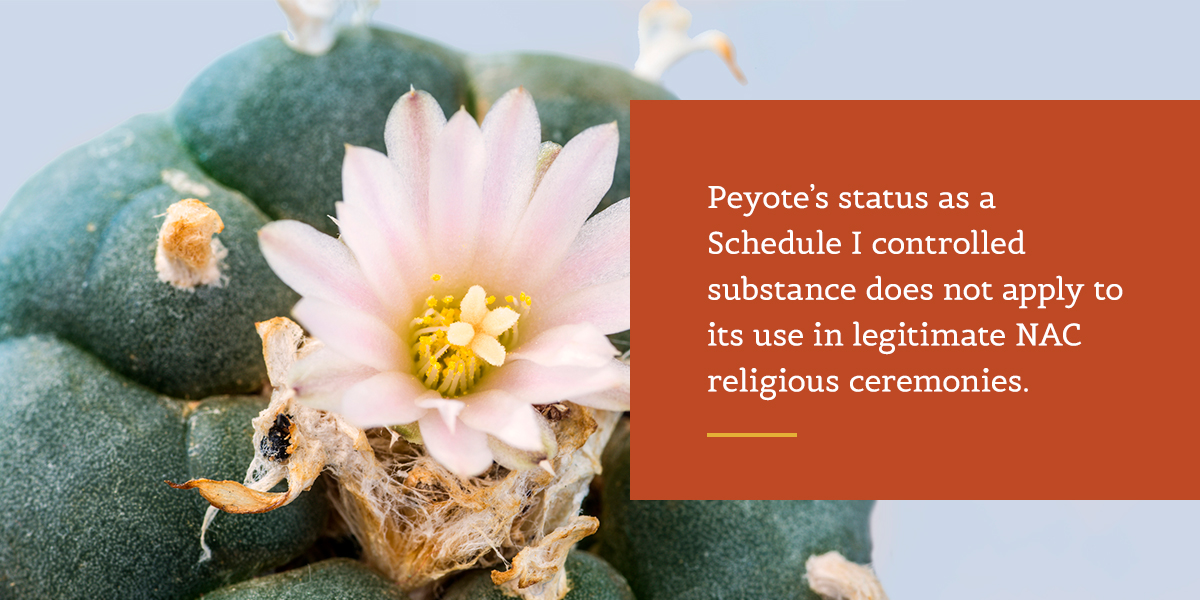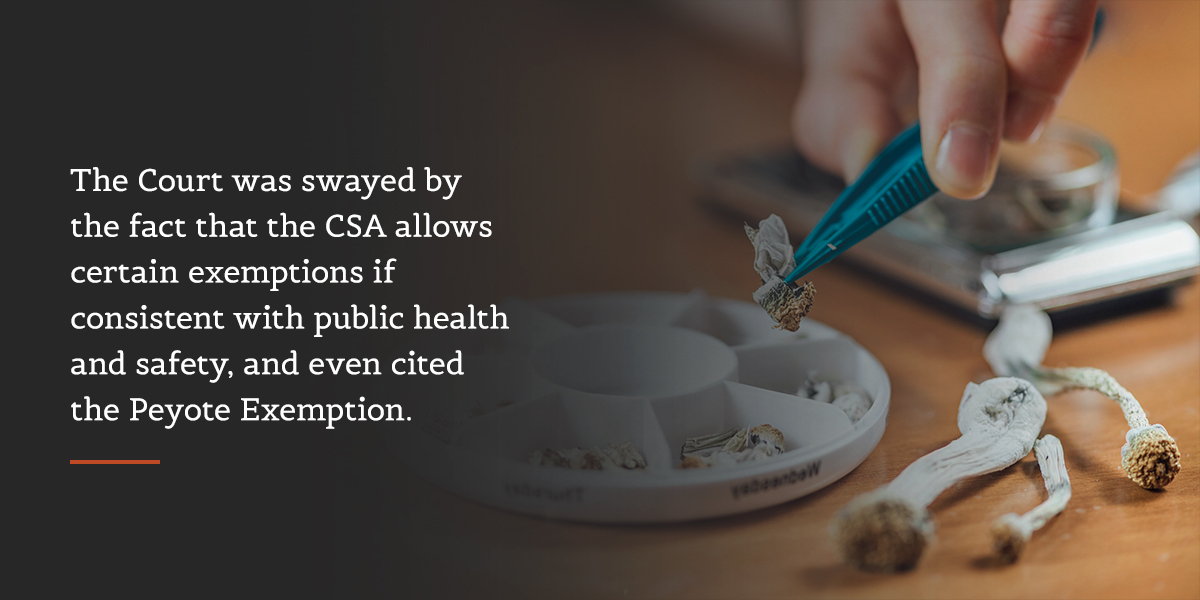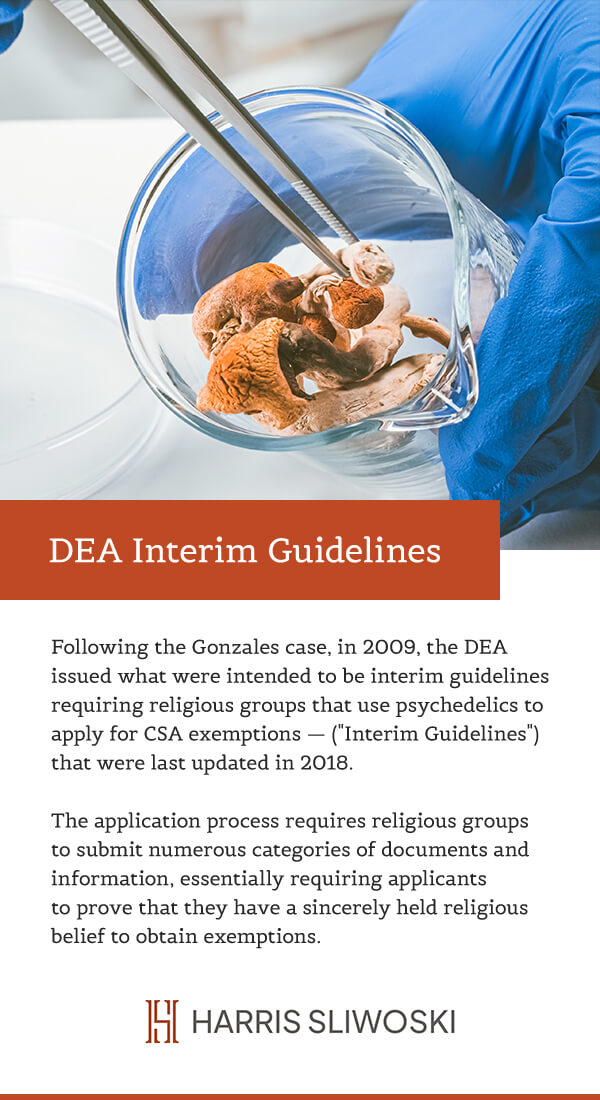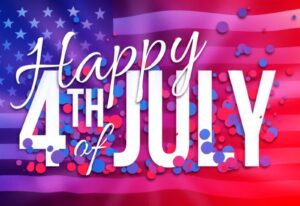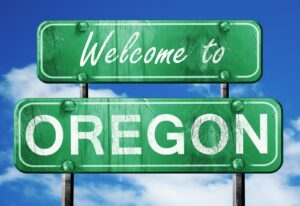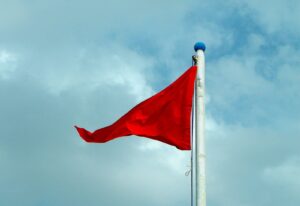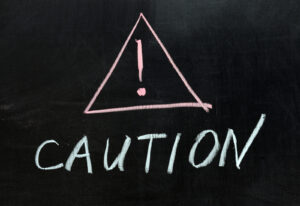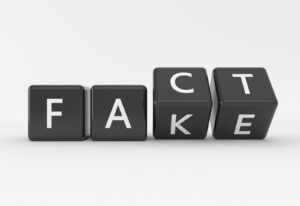The history of psychedelics in religion is long and mysterious, going back multiple millennia to prehistory. While the exact origins of these practices are too far back to determine, archeological evidence suggests mushrooms, DMT and other psychoactive substances have been used in religious ceremonies and rituals for at least 6,000 years.
International treaties such as the Single Convention on Narcotic Drugs of 1961 and the Convention on Psychotropic Substances of 1971 outlawed many of these religious practices in the 20th century. Domestic laws intended to implement restrictions similar to those in the treaties — for example, the federal Controlled Substances Act (CSA) in the United States — further restricted these practices by placing psychedelics in the same general category as dangerous substances like heroin.
You might be surprised to learn, then, that there is a vast body of legal exemptions to the CSA for religious drug usage. This post examines the history of religious exemptions to the CSA.
The CSA and Psychedelics
Richard Nixon signed the CSA in 1970 at the height of the antiwar and hippie movements. At the time, the federal government considered hallucinogenic substances to be extremely dangerous. These substances quickly found themselves on Schedule I of the CSA — in other words, on the list of substances considered most dangerous by the government.
This list includes psychedelic plants and chemicals such as:
- Psilocybin: The hallucinogenic material in certain mushrooms
- Peyote: A small cactus containing mescaline, a powerful hallucinogenic substance
- Ibogaine: A psychedelic chemical found in the African shrub called iboga
- Dimethyltryptamine (DMT): A substance occurring naturally in Psychotria Viridis, one of the main ingredients in ayahuasca
Regulations of Schedule I Substances
The Schedule I listing was significant for several reasons. According to the CSA and subsequent regulations, Schedule I substances:
- Have a high potential for abuse
- Are not acceptable for use in medical treatment in the United States
- Lack accepted safety for use under medical supervision
For reference, Schedule I also includes heroin and lysergic acid diethylamide (LSD). Drugs on lower CSA schedules, such as opium, cocaine, crystal meth, fentanyl and anabolic steroids are considered to be less harmful and more medically valuable than hallucinogenics.
The consequences of a drug’s listing on Schedule I mean it is infinitely harder to research or make available than drugs on lower CSA schedules, which can often be administered or prescribed by physicians.
Peyote Exemptions to the CSA
On December 22, 1981, Assistant Attorney General Theodore B. Olson issued the Memorandum Opinion for the Chief Counsel, Drug Enforcement Administration — the “Olson Memo” — to the United States Drug Enforcement Administration (DEA).
The Olson Memo discussed the government’s pre-CSA attempts to provide exemptions to peyote prohibitions for the Native American Church (NAC), which used peyote in religious ceremonies. Shortly after the CSA became law, the Bureau of Narcotics and Dangerous Drugs issued implementing regulations for the CSA, including an exemption for peyote (“Peyote Regulation”).
According to the Peyote Regulation, listing peyote as a controlled substance on Schedule I does not apply to its use in legitimate NAC religious ceremonies. NAC members are therefore exempt from these regulations — however, anyone who manufactures or distributes peyote to the NAC must register annually and remain in compliance with all associated legal requirements.
The Olson Memo’s main focus was determining whether this regulation was constitutional under the First Amendment’s Free Exercise and Establishment Clauses. The Free Exercise Clause prohibits the government from passing laws that impede one’s ability to practice their religion. The Establishment Clause requires laws to:
- Have a secular purpose
- Have a primary effect that neither aids nor inhibits religion
- Prevent the excessive entanglement of government and religion
While the drafters believed that the NAC’s peyote use was a central feature of its religion, they punted on the issue of whether prohibiting peyote use would be the most effective means of preventing harm to NAC members, and of encouraging legal compliance by others.
These factors complicated the decision when considering whether the Peyote Regulation would violate the Establishment Clause. Therefore, the Olson Memo failed to conclusively determine that NAC members had a Free Exercise Clause right to use peyote in religious ceremonies.
Ultimately, the Olson Memo concluded that the government was free to take actions to protect the NAC’s peyote use without offending the Establishment Clause. It also concluded that, while this exemption could not be exclusive to the NAC, other claims to religious peyote usage were unlikely to be granted an exemption, as the drafters did not believe such other groups existed.
Employment Division, Department of Human Resources of Oregon
The Peyote Regulation requires that peyote use complies with all associated laws — including state laws. Not all states provided exemptions to illegal peyote use, which led to the 1990 United States Supreme Court case, Employment Division, Department of Human Resources of Oregon v. Smith, 494 U.S. 872.
In this case, two Oregon men were fired from their jobs and denied unemployment benefits for using peyote, which was illegal in the state. After one round in the United States Supreme Court and subsequent proceedings in the Oregon Supreme Court to clarify whether Oregon law in fact prohibited peyote, the U.S. Supreme Court again took up the charge.
The issue in Smith was whether Oregon’s criminal law, as applied to the two men, violated the Free Exercise Clause. The Court found that it did not. It characterized the Oregon law as a neutral law of general applicability, meaning it applied to all people equally across the board — even small religious groups.
Religious Freedom Restoration Act of 1993
In essence, the Court’s ruling in Smith meant that laws of general applicability that violated the religious practices of a small group of people did not necessarily violate the First Amendment. The case set off alarms for religious groups that wanted the ability to challenge such laws that would violate their own religious liberties.
Consequently, Congress passed the aptly named Religious Freedom Restoration Act of 1993 (RFRA). The RFRA was intended to restore prior tests used to evaluate whether government action substantially burdened religious groups through applying laws of general applicability. While the RFRA was not explicitly targeting peyote users or the NAC, it would later provide wide support for the use of hallucinogenics in religion.
American Indian Religious Freedom Act Amendments of 1994
In October of 1994, Congress passed the American Indian Religious Freedom Act Amendments of 1994, also known as the 1994 Amendment. The Amendment, citing Smith as its rationale, establishes that:
- NAC members may legally use, possess and transport peyote for bona fide ceremonial purposes.
- Neither the states nor the federal government may prohibit NAC members from participating in these rituals.
Nevertheless, the 1994 Amendment expressly permitted the DEA to regulate and register peyote farmers and distributors.
Gonzales v. O Centro Espirita Beneficente Uniao do Vegetal
The U.S. Supreme Court decided Gonzales v. O Centro Espirita Beneficente Uniao do Vegetal, 546 U.S. 418, in 2006.
The case involved the O Centro Espírita Beneficente Uniã do Vegetal (UDV) religious group, who attempted to import a plant containing DMT — which the Court referred to as Hoasca. When these shipments were seized, UDV sued, claiming that the CSA’s application to their sacramental use of the plant would violate the RFRA. The Court agreed.
Under the RFRA, the government must show a compelling interest in prohibiting a substance’s importation and use. The trial court had found that the government and UDV’s interests were about equal, meaning that the federal government did not demonstrate a compelling interest.
Notably, the Court was swayed by the fact that the CSA allows certain exemptions if consistent with public health and safety, and even cited the Peyote Exemption.
There are two important things we can take from this case. First, the Court framed the RFRA test as examining whether the CSA would substantially burden a sincere religious exercise.
While Gonzales was not the first time this test was set forth, it clarifies the government’s leeway to impose burdens and gives the government discretion to determine whether something is a religious exercise and whether it is sincere.
Second, the lower court issued an injunction that required UDV to obtain federal permits to import the plant, and the Supreme Court cited requirements under the CSA to obtain certain registrations. These requirements are similar to those imposed in the Peyote Regulation and the 1994 Amendment. Presumably, these requirements provided justification for the DEA to deny religious exemptions in certain cases.
DEA Interim Guidelines
Following the Gonzales case, in 2009, the DEA issued what were intended to be interim guidelines requiring religious groups that use psychedelics to apply for CSA exemptions — (“Interim Guidelines”) that were last updated in 2018. The application process requires religious groups to submit numerous categories of documents and information, essentially requiring applicants to prove that they have a sincerely held religious belief to obtain exemptions.
Religious groups challenged the Interim Guidelines in 2020, and in that case, the DEA submitted evidence claiming that it was seeking to formally issue regulations governing the religious exemption. The Interim Guidelines have not yet been amended and it’s anyone’s guess as to what they will look like at this point. For religious organizations intent on using psychedelics, this is the only federal benchmark to date.
Keep Up With Substance Law News
With more than a decade of experience in the cannabis space, we have extensive knowledge of the issues businesses and individuals face when dealing with psychedelics.
The law surrounding psychedelics and religion is constantly changing. Stay tuned to the Canna Law Blog and the Psychedelics Law Blog to receive updates on important news, or consult our new psychedelics glossary for more information.










